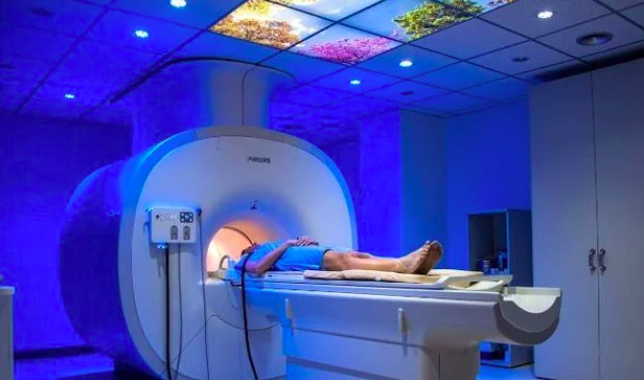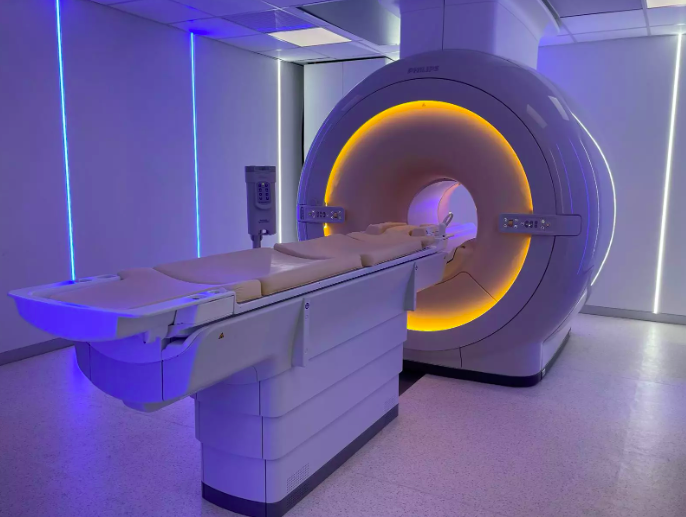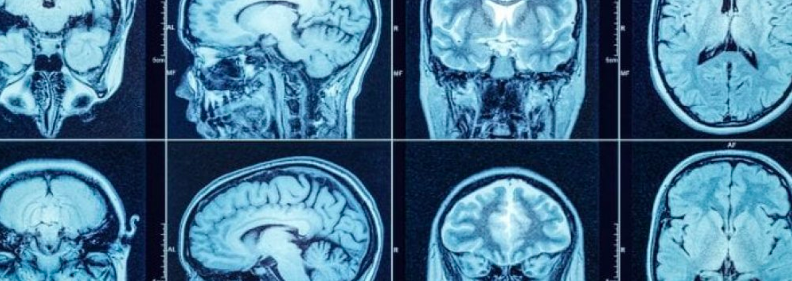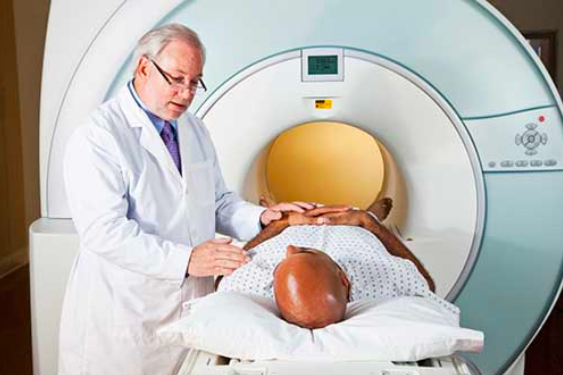how much is an mri without insurance?
what is an MRI?
Magnetic resonance imaging, or MRI, is a medical imaging technique used in radiology to create images of the anatomy and physiological processes of the body. MRI scanners generate images of the organs in the body using strong magnetic fields, magnetic field gradients, and radio waves. As opposed to CT and PET scans, MRI does not use X-rays or ionizing radiation. Magnetic resonance imaging (MRI) is a medical application of nuclear magnetic resonance (NMR), which can also be used for imaging in other NMR applications, such as NMR spectroscopy.
In hospitals and clinics, MRI are widely used for medical diagnosis, staging, and follow-up of disease. MRI provides better contrast in images of soft tissues, such as brains and abdomens, than CT. Due to longer and louder measurements in a long, confining tube, it may be perceived as less comfortable by patients. Furthermore, implants and other non-removable metals in the body may pose a risk and prevent some patients from undergoing a safe MRI exam.
how much is an mri without insurance?
MRI costs can vary depending on a number of factors. Based on how many diagnostic imaging facilities are available in the area, the price of a procedure can vary depending on the city or location. MRIs in the U.S. cost about $1,300 on average. Patients without insurance or with high deductibles can expect to pay up to $5,000. Most MRIs cost between $500 and $1,000 even with insurance. As a result, Tripment Health has negotiated low out-of-pocket prices with thousands of diagnostic imaging centers across the country. Tripment Health MRIs are available for $225, allowing patients to take control of their health without letting the high cost of MRIs keep them from getting the treatment they need.
Different types of IRM include:
- MRI of the abdominal cavity
- MRI of the cervical region
- MRI of the chest
- MRI of the heart
- lumbar MRI
- MRI pelvic
- Magnetoresonance Angiography

This is how the scan is performed
You may be required to wear a hospital gown or clothing without metal fasteners (e.g., sweatpants and t-shirt). There are some types of metal that cause blurry images.
You will lie on a small table that slides into a large tunnel-like tube.
Some tests require the use of a special dye (contrast medium). Most of the time, the dye is administered via an IV into the hand or forearm before the test. The contrast medium allows the radiologist to see certain areas more clearly.
A coil is a small device which can be placed around the head, arm, or leg, or around another area to be studied. This helps transmit and receive radio waves and improves the quality of images.
During an MRI, the person who operates the machine watches you from another room. The exam lasts approximately 30 to 60 minutes, but could go longer.
Preparation for Exams
You may be asked not to eat or drink anything for four to six hours before your exam.
Consult your health care provider if you are afraid of enclosed spaces (have claustrophobia). You may be given medicine to make you sleepy and less anxious, or your provider may recommend that you undergo an open MRI, in which the needle is not as close to your body.
You should tell your provider if you have:
- Artificielle heart valves
- Clips para aneurisma cerebral
- A cardiac pacemaker or defibrillator
- Implants in the inner ear (cochlear)
- Having kidney disease or dialysis (you won’t be able to receive contrast dye)
- Recently implanted artificial limbs
- Stents for Vascular Disease
- Did you work with sheet metal in the past (may need tests to detect metal particles in your eye)?
Since MRI equipment contains powerful magnets, metal objects are not permitted in the room where the scanner is located.
- Items such as jewelry, watches, credit cards, and hearing aids may be damaged.
- Things like pens, pocketknives, and eyeglasses can fly across the room.
- Pins, hair clips, metal zippers, and similar metal items can distort images.
- Dentures should be removed just prior to the exam.

What it’s like during the exam
An MRI does not cause any pain. If you are having difficulty staying still or if you are very nervous, you may be given medicine to relax you. Movements can cause errors and blurry images during an MRI.
The table may be hard or cold, but you can request a blanket or pillow. The machine makes loud thudding or buzzing noises when it is turned on. You can wear hearing protectors to reduce noise.
A room intercom allows you to talk to someone at any time. Additionally, some MRI scanners have televisions and special headphones that you can use to pass the time.
In most cases, there is no recovery period, unless you have been given medication to relax you. Following an MRI, you can resume your normal diet, activities, and medications.
Reasons for taking the test
An MRI can often help:
- Diagnosing an infection
- Direct a doctor to the correct area during a biopsy
- Recognize masses and tumors, including cancer.
- Observe blood vessels.
An MRI taken after a special dye (contrast medium) has been injected inside the body can provide additional information about the blood vessels.
Magnetic resonance angiography (MRA) is a form of magnetic resonance imaging that generates three-dimensional images of blood vessels.

Results that are normal
A normal result means that the area of the body being examined seems normal.
Abnormal results
A test’s results depend on the part of the body that is being examined and the nature of the problem. Different types of tissues produce different MRI signals. As an example, healthy tissue emits a slightly different signal than cancerous tissue. You should speak to your provider if you have any questions or concerns.
Risques
MRIs do not produce any radiation. It is not known if magnetic fields and radio waves have any side effects.
The most common contrast medium (dye) is gadolinium. The substance is generally considered safe for most people. Gadolinium is retained in the brain and other organs (including the skin among kidney disease patients). In rare cases, organ and skin damage have been reported in patients with pre-existing kidney failure. Tell your provider prior to the test if you have problems with your kidneys.
Magnetic fields created during an MRI can disrupt cardiac pacemakers, among other implants. A magnet can also cause a piece of metal inside the body to move or change position.
ALSO READ
how much does a chiropractor cost without insurance?



